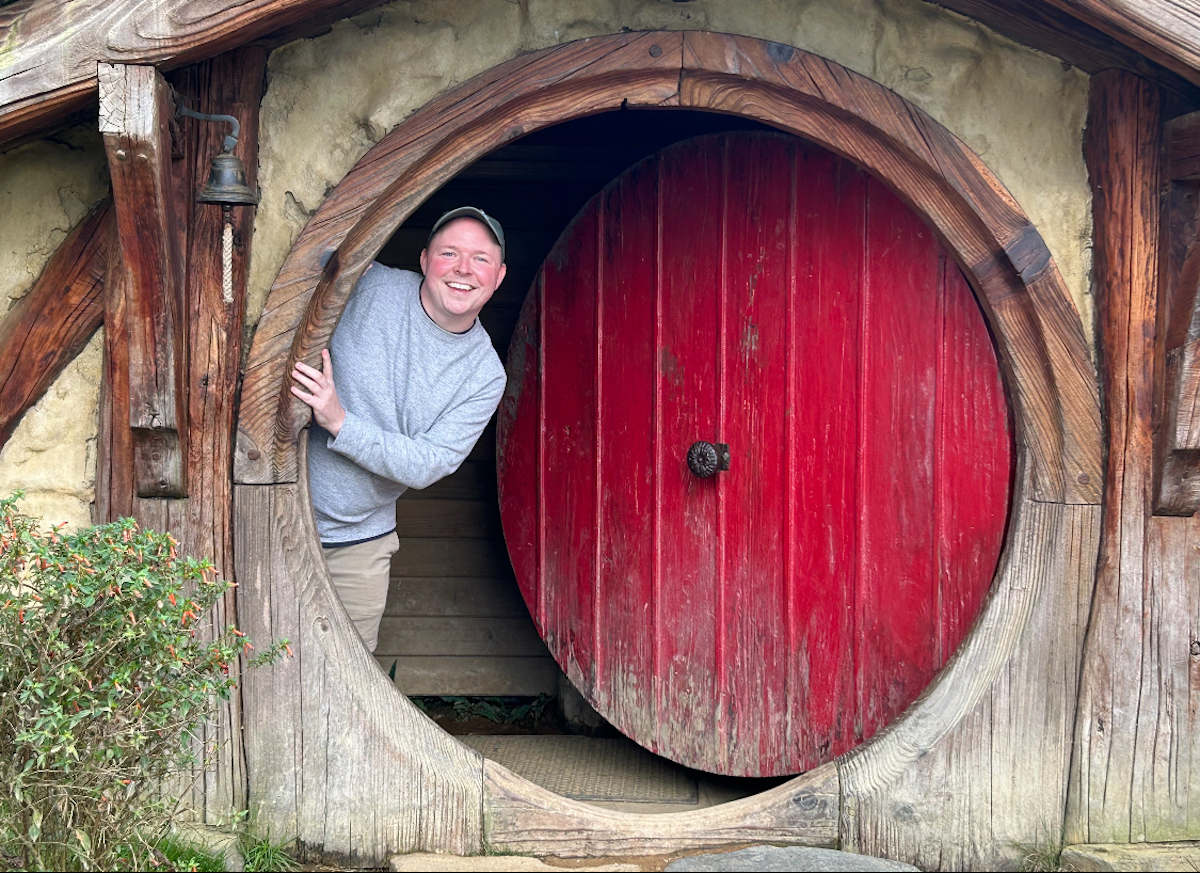This past summer, the American Indian Studies department (AIS), the Student Office of Sustainability (SOS) and the grounds department formed a partnership in order to establish a pollinator- and bird-friendly garden on campus. Their work resulted in a garden placed against the north wall of Davies Center, adjacent to the Council Oak.
Daria Hutchinson is the sole professional landscape architect of UW-Eau Claire and helped lead the planning and creation of the garden.
“I was approached by an English student, Kitty Stewart, who was interested in starting a garden that would reflect Indigenous culture,” Hutchinson said. “Indigenous people have an interconnectedness with wildlife that equates to the responsibility to care for, live in harmony with and respect the natural world.”
UW-Eau Claire completed this project with funding from a grant sponsored by the National Wildlife Federation and Mutual of Omaha’s Wild Kingdom. According to Hutchinson, the campus was awarded $8,500 from the grant and SOS donated a match of $17,000.
Grants were awarded to seven different colleges and universities in the U.S. The sponsor collaboration’s aim is to “advance innovative, solutions-based programs that help protect threatened and endangered wildlife.”
According to Hutchinson, she and sustainability coordinator, Lily Strehlow, wrote the grant proposal for the project. The students involved decided which native plants should go in the garden and worked together to come up with a design.
The chosen spot for the garden was planned strategically based on outside elements.
“The location provides protection from winter winds, is close to a water source (Little Niagara) and is a sunny spot on the edge of Putnam Park,” Hutchinson said.

The team used native plants since they offer the best food source for wildlife and pollinators. They also naturally attract birds due to their planting methods, according to Hutchinson.
“We planted a hedgerow of shrubs that will grow into each other and provide shelter and a nesting habitat, as well as a number of berry-producing shrubs as a food source,” Hutchinson said. “There are many perennials in a matrix planting that will grow together and reduce the amount of weeding and mulching needed.”
According to Hutchinson, herbicides are not used for any of the landscaping beds on campus. The team also plans to keep perennials throughout the colder months in order to provide additional food sources for wildlife.
The Council Oak that grows next to the garden is a symbol of UW-Eau Claire as a place of meeting and exchange, which originally started with the Ojibwe, Dakota and other Tribal Nations.
The campus land acknowledgement recognizes its history of settler colonialism, but this project’s goal is to go beyond that statement and honor Indigenous culture in creative ways.
“Actions speak louder than words,” Stewart said. “Everyone who has participated in Bineshiinh Ogitigaan allowed their actions to be informed by traditional Indigenous knowledge.”
The team utilized traditional ecological knowledge (TEK) during the planning of the garden. According to Hutchinson, TEK is about adapting to change with intentionality and grace, and it involves focus on sustainability.
An additional element to this bird-friendly area was the installation of bird-safe windows near the garden. Heart Berry, a Native-owned company that uses traditional Ojibwe design for a variety of projects, created pieces of window art to prevent birds from flying into them.
Sarah Agaton Howes is the artist and owner of Heart Berry, or Ode’imin.
“We were tasked with the fun puzzle of creating huge pieces of art with no more than three inches of space between,” Howes wrote on their company website. “We love to create art that has space and simplicity. There is rest in the blank spaces.”
Brian McInnes, an assistant professor in AIS, named the garden and suggested that its symbol be a hummingbird. According to Hutchinson, McInnes also invited an Ojibwe Tribal Elder, Justin Boshey, to lead a blessing of the garden before planting began on May 10.
Tobacco was used in this tradition of thanks, sprinkled from the left hand as it is the hand closest to the heart. According to Mutual of Omaha Wild Kingdom, this is done before anything is added or removed in an outdoor area.
According to Hutchinson, the cultural meanings of the plant names and their translations will be posted on the AIS website.
From 12-1 p.m. on Wednesday, Oct. 16, students, staff and the public are welcome to attend a celebration of the garden at its location. Light refreshments will be served.
“This is a garden for everyone,” Hutchinson said. “It is a garden to observe, learn more about birds and practice Indigenous teaching of how to be in connection with the natural world.”
Matczak can be reached at matczaij9603@uwec.edu.








